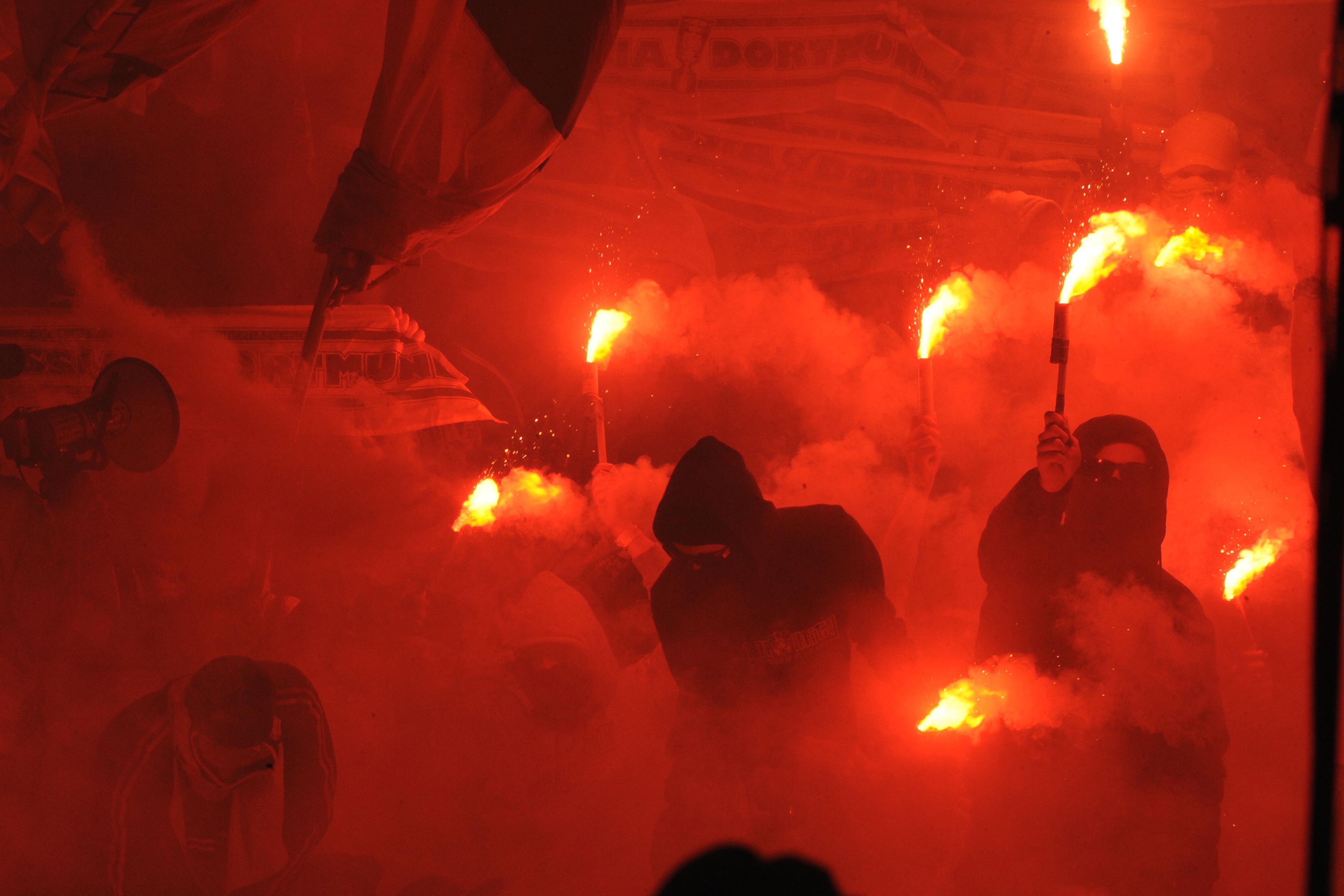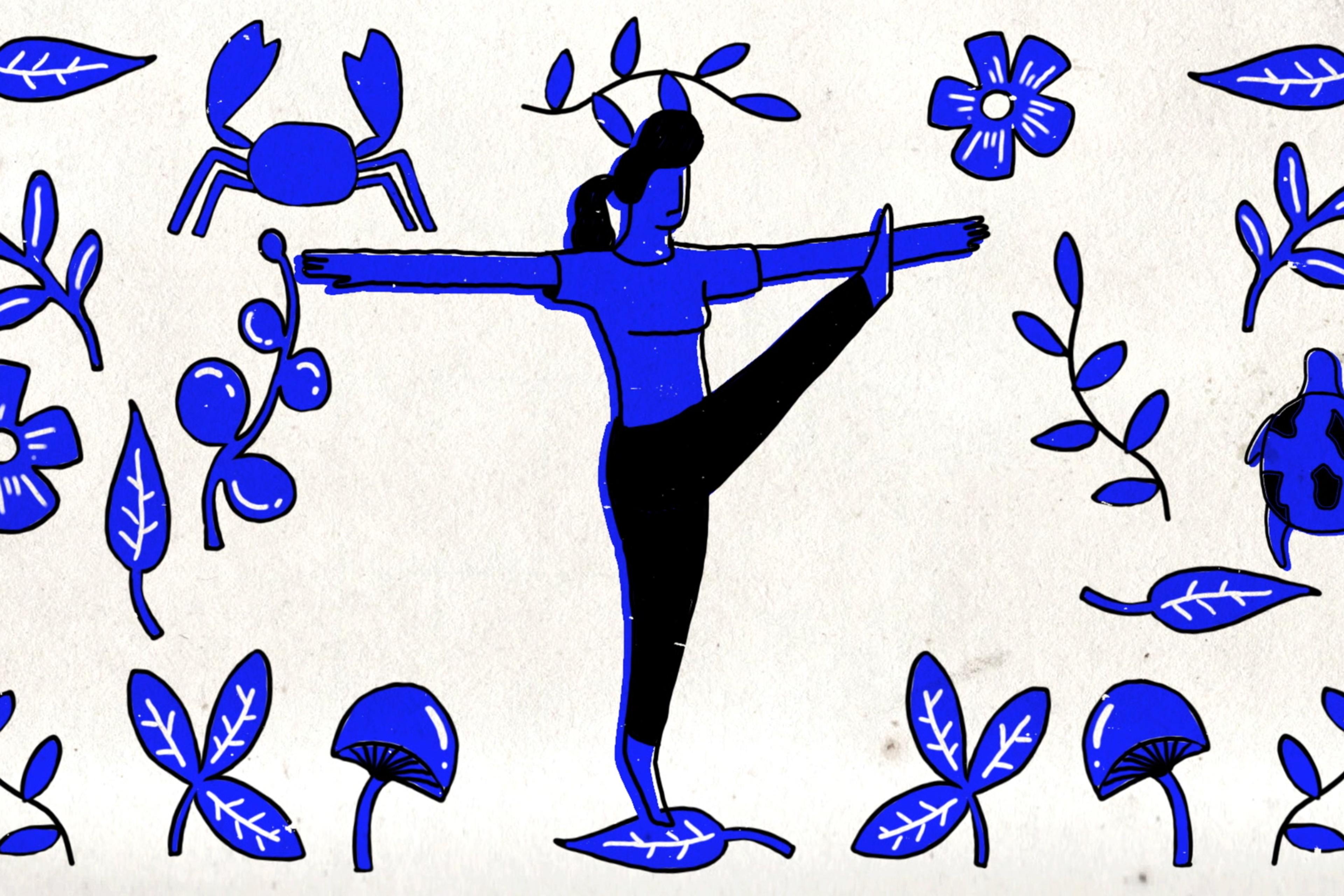‘Let the beast out!’
A unique melding of Portuguese, Afro-Brazilian and Indigenous traditions, Carnaval do Brasil is a nationwide celebration with deep cultural roots. And in Rio de Janeiro, which is home to the world’s largest carnival celebration – and, by many accounts, the world’s largest annual party – it’s also a major economic driver, with more than 1.5 million tourists flocking to the city each year to join in.
But just a few miles from the endlessly documented samba sessions, floats and massive crowds that characterise Rio’s beachside celebration, thousands of locals experience a form of Carnaval that tourists – and their money – almost never touch. A surreal collage of fireworks, colourful smoke and chaotic, joyful noise, the celebration known as ‘Bate-bola’ is, to residents of Rio’s landlocked favelas and working-class suburbs, the only game in town.
With roots in a Portuguese tradition known as caretos, Bate-bola is centred on processions of flamboyant costumes. In the Brazilian tradition, the clothing takes on an eccentric flare that resides in an uncanny valley between playful and demonic. In This Is Bate Bola, a documentary account of the festival as celebrated in Guadalupe, a neighbourhood in the north of Rio, kaleidoscopic wigs, light-up whistles and even character’s from Disney’s Peter Pan (1953) pop up as festival garb. Crafted year-round by local Bate-bola ‘crews’, the costumes are revealed in boisterous street parades known as saídas (‘exits’) on the Sunday before Lent.
For residents who take part, it’s a weekend of immense joy – a cathartic celebration a year in the making. The event is permeated by a forceful sense of pride and, at times, sheer braggadocio. Crews adopt names such as ‘Elite’ and ‘Best There Is’ as they lay their claim to the most fiendishly beautiful Bate-bola look. They howl rallying cries such as ‘We’re fucking great!’, as if demanding respect for their vibrant and neglected corner of the city.
It’s these street-level rivalries between crews that have also earned Bate-bola a reputation for violence that’s not entirely undeserved. ‘There’s a few crews that go out armed, and they end up ruining it for the rest of us,’ says one crew member. But for many, the violence is overshadowed by the intense sense of personal and communal jubilation that the celebration brings. ‘People see lots of things wrong in our communities. They don’t see the joy here,’ another crew member says. ‘All this is very little compared to our happiness.’
The British directors Ben Holman and Neirin Jones, also based in Brazil, give Bate-bola an appropriately spectacular treatment in their immersive short. The filmmaking parallels the event itself: a sense of gathering electricity in the first half culminates in an overwhelming explosion of sights and sounds once the crews are unleashed on the streets. Fireworks are lit from fence posts. A man alternates swigs of Red Bull with Johnnie Walker Red Label. Music erupts from a literal wall of speakers. The original, atmospheric score by the US composer Ben LaMar Gay brings the visuals a heightened sense of pandemonium and elation. It makes for a worthy account of a cultural tradition that’s remained, until now, unseen by outsiders.
Written by Adam D’Arpino







